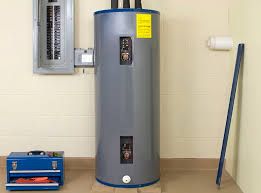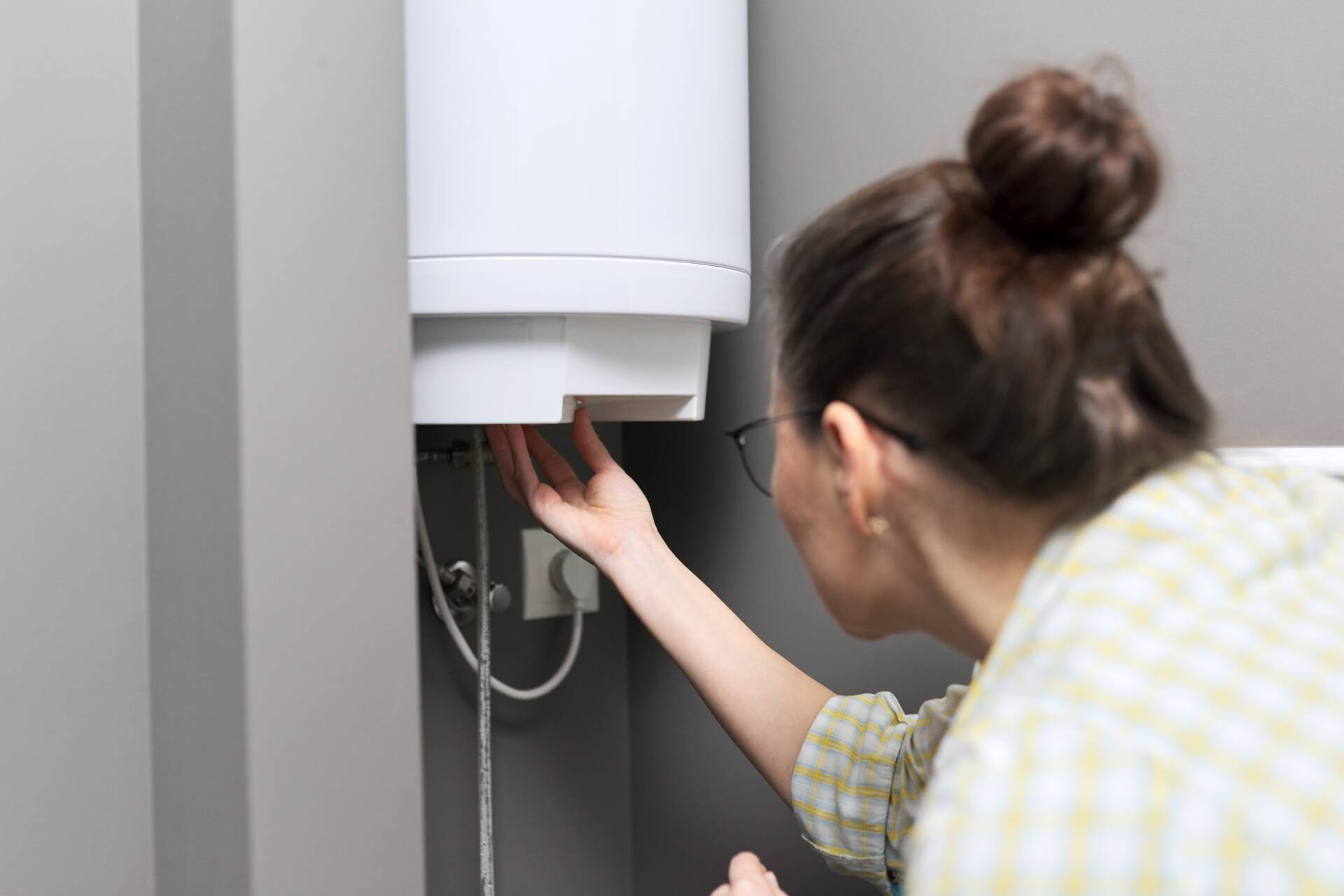Are you currently searching for answers concerning Tips on Maintaining a Water Heater?

Hot water is crucial for daily comfort, whether it's for a refreshing shower or cleaning recipes. To ensure your hot water system runs effectively and lasts much longer, regular maintenance is vital. This short article supplies sensible tips and insights on exactly how to preserve your home's warm water system to avoid interruptions and expensive fixings.
Intro
Maintaining your home's hot water system might seem challenging, yet with a few easy steps, you can guarantee it runs smoothly for many years ahead. This guide covers whatever from recognizing your warm water system to DIY maintenance tips and understanding when to call specialist assistance.
Value of Preserving Your Hot Water System
Routine maintenance not just extends the life expectancy of your hot water system but also ensures it runs effectively. Neglecting maintenance can result in reduced efficiency, greater power expenses, and also early failing of the system.
Indicators Your Warm Water System Needs Maintenance
Knowing when your warm water system requires interest can stop significant problems. Keep an eye out for indications such as inconsistent water temperature, strange sounds from the heating system, or rustic water.
Flushing the Hot Water Heater
Flushing your water heater removes debris build-up, improving performance and prolonging its life.
Monitoring and Changing Anode Rods
Anode poles avoid rust inside the container. Evaluating and changing them when worn is important.
Complex Concerns Needing Expert Help
Instances consist of major leakages, electrical issues, or if your water heater is consistently underperforming.
Regular Expert Maintenance Conveniences
Expert maintenance can include extensive assessments, tune-ups, and guaranteeing conformity with security standards.
Evaluating and Changing Temperature Settings
Readjusting the temperature level settings ensures optimal performance and safety and security.
Do It Yourself Tips for Maintenance
You can perform several upkeep jobs on your own to maintain your warm water system in leading condition.
Looking for Leakages
Routinely examine pipes and connections for leakages, as these can cause water damages and higher expenses.
Understanding Your Hot Water System
Before diving right into upkeep tasks, it's valuable to recognize the fundamental components of your hot water system. Usually, this includes the water heater itself, pipelines, anode rods, and temperature level controls.
Monthly Maintenance Tasks
Routine monthly checks can aid capture small issues prior to they rise.
Examining Pressure Relief Valves
Testing the pressure safety valve guarantees it operates correctly and avoids too much stress accumulation.
Protecting Pipelines
Shielding warm water pipes decreases warm loss and can conserve energy.
When to Call a Professional
While DIY maintenance is helpful, some issues require professional competence.
Conclusion
Regular maintenance of your home's hot water system is important for effectiveness, durability, and expense financial savings. By adhering to these tips and knowing when to seek professional help, you can guarantee a trustworthy supply of warm water without unforeseen disturbances.
How to Maintain an Instant Hot Water Heater
Before tinkering with your hot water heater, make sure that it’s not powered on. You also have to turn off the main circuit breaker and shut off the main gas line to prevent accidents. Also turn off the water valves connected to your unit to prevent water from flowing into and out of the appliance. 2. When you’re done, you have to detach the purge valves’ caps. These look like the letter “T” and are situated on either side of the water valves. Doing so will release any pressure that has accumulated inside the valves while at the same time avoid hot water from shooting out and burning your skin. 3. When the purge valves’ caps are removed, you have to connect your hosing lines to the valves. Your unit should have come with three hoses but if it didn’t, you can purchase these things from any hardware or home repair shops. You can also get them from retail stores that sell water heating systems. Read the user’s manual and follow it to complete this task properly. When the hosing lines are connected, open the purge port’s valves. 4. You should never use harsh chemical cleaners or solutions when cleaning your unit. Make use of white vinegar instead. It should be undiluted and you’ll probably use about 2 gallons. 5. Now flush your water heater. This task should probably take about 40 minutes. We can’t give you specific directions for this because the procedure is carried out depending on the type, model and brand of your heater. With that being said, refer to the user’s manual. 6. When you’re done draining the unit, you have to turn off the purge port valves again. Remove the hosing lines that you earlier installed on each of the water valves. Put the valve caps (purge port) back in their respective places and be very careful so as not to damage the rubber discs that are found inside these caps. 7. Now that everything’s back in place, check your user’s manual again to find out how to reactivate your water heating system. 8. Once it is working, turn one of your hot water faucets on just to let air pass through the heater’s water supply pipes. Leave the tap on until water flows smoothly out of it. https://www.orrplumbing.com/blog/2014/september/how-to-maintain-an-instant-hot-water-heater/

I discovered that article on Water Heater Maintenance Tips You Can't Afford to Forget while looking around the internet. Sharing is good. Who knows, you may just be doing someone a favor. I appreciate your readership.
Book Maintenance